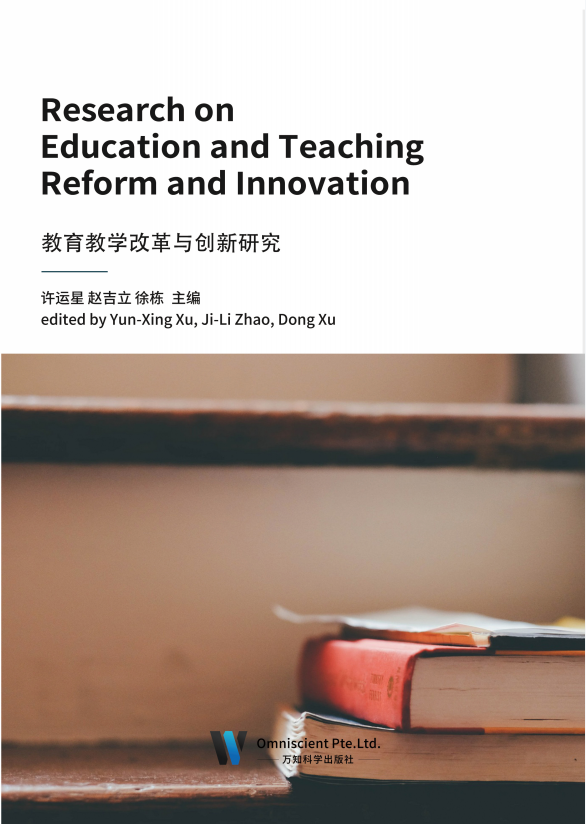
随着国家对教育改革工作的不断推进,新式教育理念融入到高校教育工作当中,教育模式发生改变促使教学活动成为教育工作重点。但因为高校原有的教育管理方式与改革后的教育模式不匹配,导致教学改革进程受到限制。
我国对教育不断深化改革,人们对于高校学生的创新实践教育也更加重视。当今社会科技创新是第一生产力,具有科技创新能力的人才就是最重要的战略资源,在创新驱动发展的战略政策下,不仅要重视学生的创新能力,同时也要培育学生的实践能力。
高校的教学管理工作具有一个双重性的特点,即按照要求充分运用管理学和职业教育学的两个双重标准展开高校教学管理的工作。当前的高校教学管理无法同学校职业教育的目标相结合协调,要求深入地挖掘高校教学管理的一些现存矛盾和问题,提出教学管理对策改变现状,最终有效地达到推动和促进高校职业教育改革的深入健康发展。
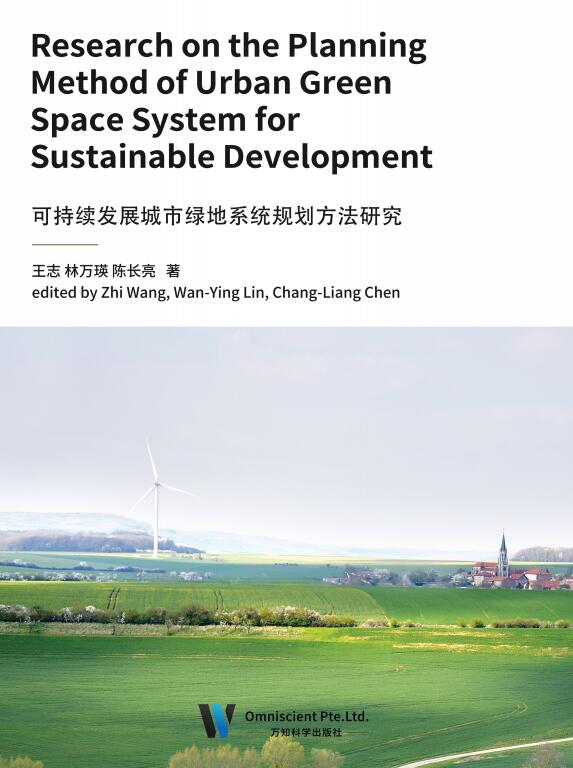
当前,我国社会正迎来了新的发展时期,面临社会转型的各种剧变,城市绿地 系统规划作为一种面向未来、协调城市与自然并服务于社会的政府职能,必须回应各 种变革和挑战,体现新时期背景下的新思路和新方法。城市绿地系统规划的主要任务 是,在深入调查研究的基础上,根据城市总体规划中的城市性质、发展目标,用地布 局等规定,结合城市绿地类型与指标体系科学确定市域,规划区、建成区三个层次的 绿地建设特色,绿地系统结构布局,建立各类绿地体系,确定绿地发展指标,城市绿 地建设的途径等,以达到保护和改善城市生态环境、优化城市人居环境质量、促进城 市可持续发展的最终目标。
本书立足城乡规划与风景园林的学科背景,基于可持续发展理念,对城市绿地的 本质和城市绿地系统及其规划的认识进行全面阐述,并在“人与自然和谐”理念的指 导下,从提高规划的科学性和合理性的角度出发,对现行城市绿地系统规划方法进行 多方位深入的思考和探讨,力图寻找能够符合现今城市发展需求的规划方法体系,从 规划技术角度解决城市绿地发展中的现实问题,也希望可以为城乡绿地系统规划研究 做出有益补充,并对今后城乡大园林建设有一定的参考价值,这是本书写作的初衷。
本书的研究视点,主要立足三个方面。一是“城市绿地”本质内涵再认识的问 题,只有对城市绿地系统和系统规划进行科学的认识和理解,才能把握城市绿地系统 规划在城市建设中的重要作用;二是“绿地矛盾”根源探究的问题,只有全面深入地 梳理当前绿地系统建设中面临的诸多矛盾,寻找问题的根源所在,才能更有效地解决 矛盾并更新城市绿地系统规划的方法;三是“规划方法”体系的健全与完善,虽然解 决问题的途径有多种,但是从规划方法切入,尝试提出以“绿地功能”为导向面向未 来绿地发展的布局与评价方法是本研究的重点。
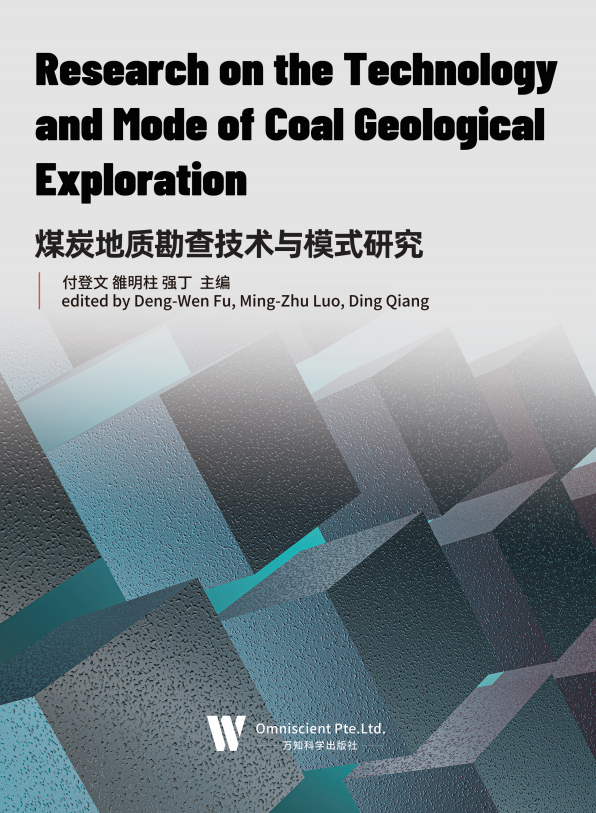
煤炭资源勘探是一项涉及广泛科学和科学问题的系统工程。它的主要任务是利用 先进的地质理论,选择的技术手段和有效的,经济的工作方法,遵循一定的准则和程 序,并预测探索的煤炭储量,深入研究工程地质和采煤的技术条件,正确评估煤矿开 发的技术经济价值,为矿山开发规划,煤矿设计和建设提供可靠的地质数据,保证煤炭资源的合理开发和有效利用。
煤炭地质勘探的长期实践逐步丰富了整体勘探的概念。主要目标是为特定工作区 域实践和完善适当的综合勘探模式。在这方面,许多国家的学者进行了研究和摘要, 并分析了中国东部地区。提出了深部碳资源分布特征,四种深部煤炭资源勘探区域, 并建立了相应的勘探模型。以两淮油田罗源勘探区为例,提出了复杂地质条件下的煤资源探索模式。与今天的新要求相结合,它指的是与有利条件(地形地貌,地质 和煤岩的地球物理条件)作为一种方法工作区的地质构造的法学研究,坚持绿色环保 和谐探索,创新资源和集约利用。目标是结合地质测绘,遥感,钻井,地球物理(地 震,电气,磁力和测井),测试和计算机集成的技术系统,在经济和技术上可行。重 点放在与技术手段密切合作,并彻查各种地质,强调协调的探索和利用的各种矿产资 源,强调生态优先,和谐,文明的绿色探索。
本书主要对煤炭地质勘查技术与模式进行研究。为达到预期的勘查目标,煤炭地 质勘查人员就需要正视自身工作,并加强先进勘查技术的学习,掌握煤炭勘查要点, 合理利用煤炭地质勘查技术。与此同时,煤炭地质勘查单位应该适当引进新的地质勘 查技术,并加强勘查技术的创新研究,从而做好煤炭资源地质勘查工作,推动我国新 时期煤炭地质勘查技术的创新发展。
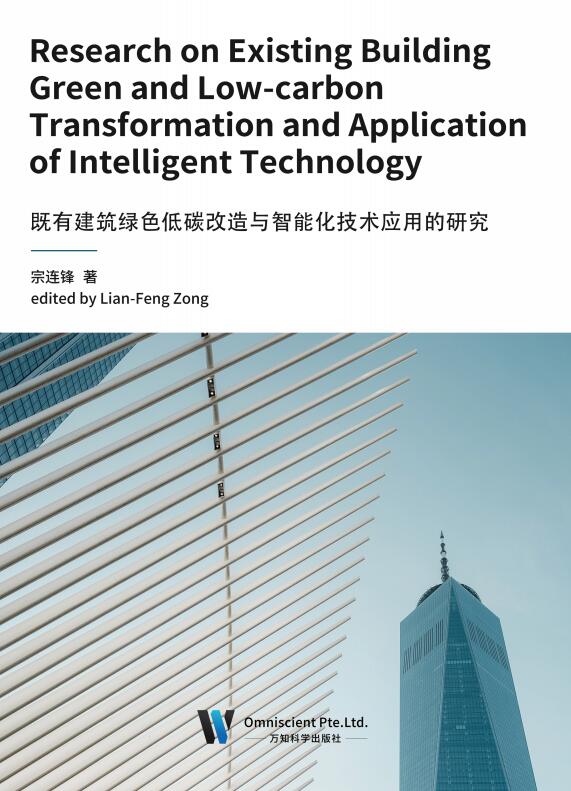
随着全球气候环境的恶化以及节能环保理念的推广,绿色低碳建筑技术也逐渐 走入国人的视野之中,完善相关法律法规,强化对绿色低碳建筑技术的研发与应用, 不仅有利于国家经济的发展,而且有利于人们群众生活品质的提升。
建筑业蓬勃发展,随着各种节能减排政策的提出,当前既有建筑改造偏重于节 能提升,主要目标在于降低建筑能耗,而不重视对既有建筑中舒适性、绿色化的提 升。既有建筑改造时运用绿色技术,可以降低改造能耗,提高既有建筑改造质量。
绿色低碳建筑技术不仅能够缓解气候变化和能源危机给国家经济发展带来的 压力,而且能够促进建筑业的蓬勃发展,在为社会提供更多就业岗位的同时,也为 人民群众营造了舒适宜人的生活环境。在我国公共建筑以往的改造中,节能减排是 首要目标,随着社会趋向于可持续发展,单一的节能改造已无法满足人民群众日益 增长美好生活的需要,因此在改造规划中加入舒适性、绿色化理念,有助于进一步 提升改造效果。在后续实际绿色改造工程中,结合建筑本身的功能需求,并与职工 沟通办公环境潜在提升空间,在现有条件的基础上充分挖掘建筑中的改造潜力
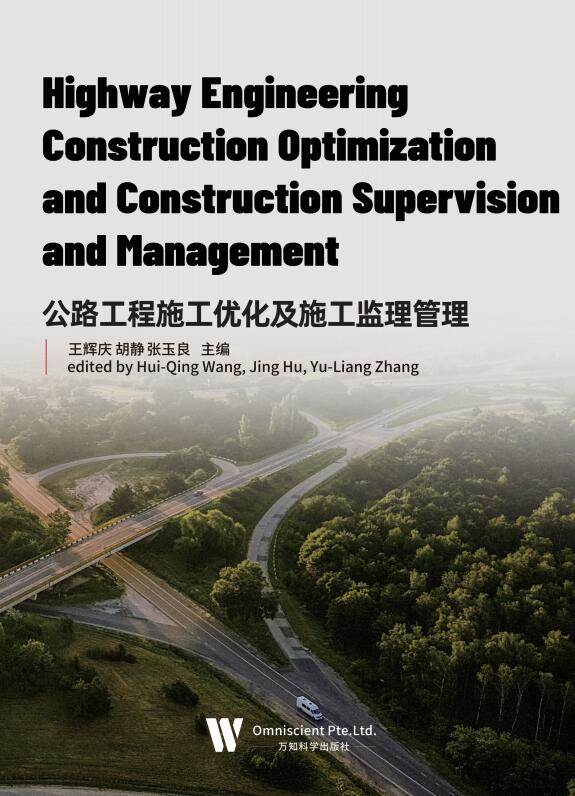
公路工程建设施工中应该把安全责任放在第一位,才能保障公路工程施工的质量 和安全,对于现场施工安全防护措施、项目管理人员和施工人员素质的培训、建设项 目安全管理组织机制的完善等方面也受到了高度关注。为解决公路工程管理中质量与 进度合理安排的问题,对现在的管理问题加强关注力度,针对性地提出具体的施工管 理经验,防止公路工程出现安全质量问题,在提高建设质量的基础上,确保公路工程 的安全与畅通。明确相应的管理要点,进行合理的管控,确保其项目可以健康发展, 避免出现安全问题、质量问题,影响后续建设操作。
公路施工能否做到规范化,是解决和防范施工阶段环境污染的核心。而要真正做 到规范化施工,实际和要求相差甚远。所以监理在目前没有法律依据的情况下,应该 认真、扎实、严肃认真地将环保监理的精神实质落实到实际工作中,同时还应积极探 索实施环保监理的途径、措施,为公路环保施工过程中的环境保护工作贡献出自己的 一份力量。
本书是一本关于公路工程施工优化及施工监理管理的专著,共八章。首先,对公 路工程进行简单介绍;其次,对公路工程相关的施工技术进行分析研究;最后,对公 路工程的监理管理进行探析,以供参考。